
11 Green Innovations to Spark Your Imagination & Cool Your Eco-Anxiety
What is green innovation?
The green innovation meaning is any invention or application that creates products, processes, or services that reduce the harm and destruction of the environment while leveraging natural resources and sustainable energy in a circular manner.
So while it can be easy to get dragged into dreaded Doomsville and eco-anxiety in a world seemingly (and sometimes literally) on fire, there is such an abundance of green innovative solutions out there today significantly reshaping our world for the better.
Ranging from worms that eat plastic to stone paper to a giant vacuum cleaner for smog (that also creates diamonds!), there are so many cool, exciting, and inspiring sustainable innovation ideas coming to light today.
So, what are the top 10 green innovations?
We’ll do you one better and give you 11 of our favorites.
The future can be eco-friendly, and we’ve got the newest green technology receipts right here to prove it.
The Full List Of Green & Sustainable Innovation Ideas
1. Solar Panels
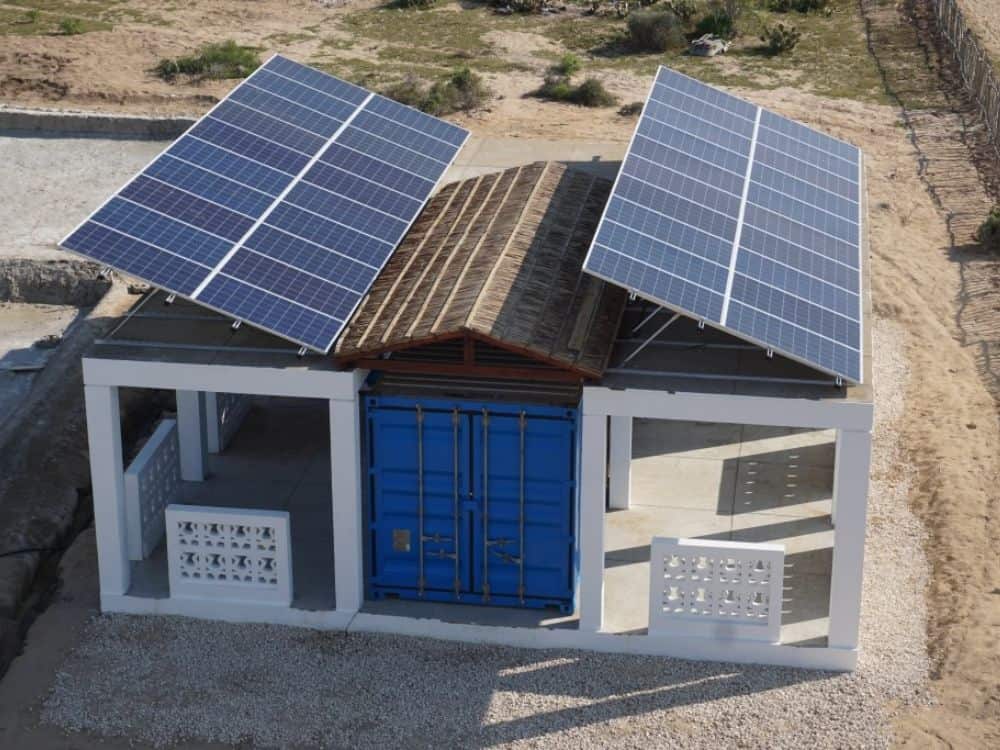
What is an example of a green product innovation?
Let’s start with one of the most well-known: solar panels.
Along with geothermal, hydro, and wind power, the sun is our most powerful, renewable energy resource.
Better yet, it’s infinite, completely free, and has zero carbon emissions.
While solar panel sustainability isn’t without its flaws, solar panels are one of the brightest green energy innovations for renewable energy that exist.
It involves using man made solar panels that convert sunlight into electricity, which can be used in residential homes, commercial settings, and even electric vehicles, which makes it a versatile power source.
The main reason that solar panels are such an important green technology innovation is their ability to replace our reliance upon non-renewable fossil fuels, which exacerbate wars, environmental destruction, greed, and greenhouse gas emissions.
The power generated through solar renewable energy, on the other hand, creates zero toxic waste and carbon emissions.
While their end-of-life is still being improved upon—since only 10% get recycled in the US—there are regular exciting developments underway for solar panel technology. It’s only a matter of time before solar becomes a truly sustainable renewable energy source.
One such development is solar desalination, which uses solar renewable energy to desalinate saltwater to help with droughts, water shortages, hunger, and desertification. As it stands, almost half the world faces water scarcity, so this development is an exciting one.
Netherlands-based Elemental Water Makers is one such company taking solar panels a step further with their solar desalination projects.
2. Hydroponics
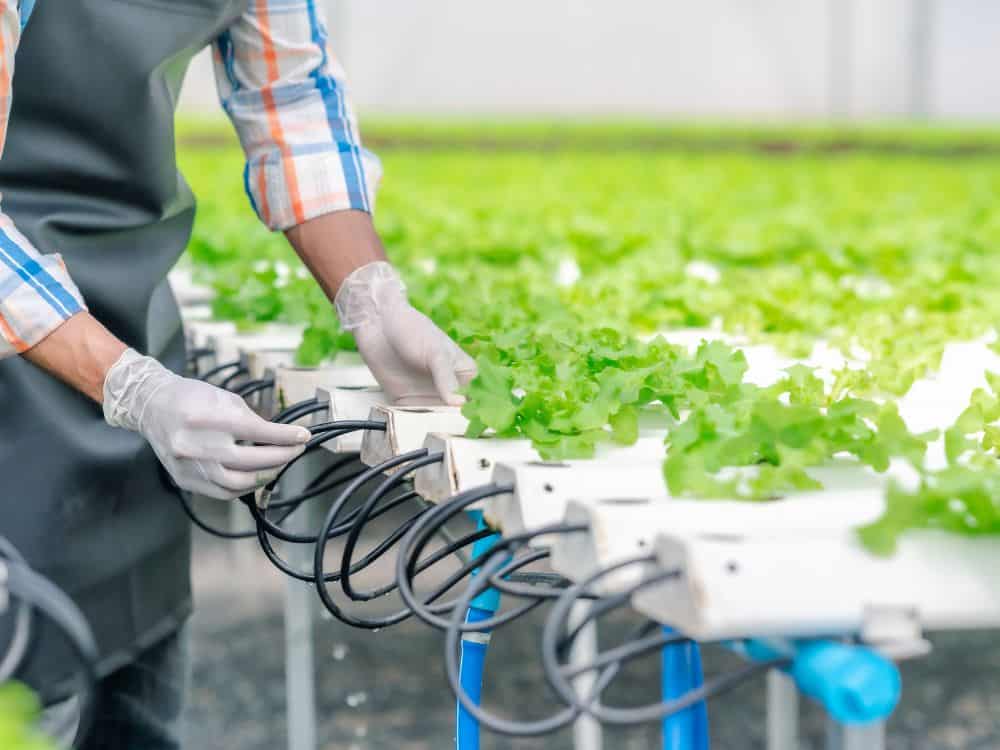
What are the green innovations sharing the future of sustainable food systems?
Hydroponics and vertical farming are green farm innovations currently revolutionizing the agriculture industry worldwide. This is thanks to their ability to consistently produce high-quality food in limited spaces or difficult growing climates.
Ranging from small scale home growing kits to industrial-sized vertical farm initiatives, hydroponics stack plants as shelves and columns to optimize space and control the climate.
Using added nutrients and energy-saving LED lighting, plants can be grown in water or an inorganic substrate without soil.
Hydroponics and vertical farming are especially useful for reducing food transportation and can also help with local food sources like microgreens for neighboring restaurants.
Between conserving water, no pesticides, no soil, a consistent harvest, higher yields, less labor requirements, and a reduced supply chain, the benefits of hydroponics are obvious as one of the most sustainable solutions we have for better food security.
3. 3D Printing

3D printing is an environmental tour de force when it comes to green innovation examples.
Also referred to as additive manufacturing, it’s about to radically alter the world of fashion, construction, manufacturing, and even medicine.
One European Commission study found that 3D printing could save up to 90% of the raw materials required for manufacturing by the year 2050.
This is because instead of using a “block” of material that gets chipped away at, 3D printing adds only exactly what is needed.
This decrease in raw material use is exactly the greatest example of 3D printing sustainability, because it also means a proportionate decrease in natural resource extraction, along with reduced carbon emissions generated from raw materials sourcing and processing (by half!), and of course, significantly reduced waste.
One of the coolest examples of green building innovations are 3D printed hemp houses, which print homes entirely from hemp biomass, along with transparent solar materials that allow sunlight to pass through windows and convert it to energy.
As increasing numbers of architects and contractors incorporate sustainable technologies like 3D printing and sustainable materials like hemp, we inch our way closer toward a more energy-efficient and sustainable building industry.
Given that construction currently represents a whopping 37% of energy and process-related CO2 emissions, this innovation is a tremendous one.
4. Internet Of Things
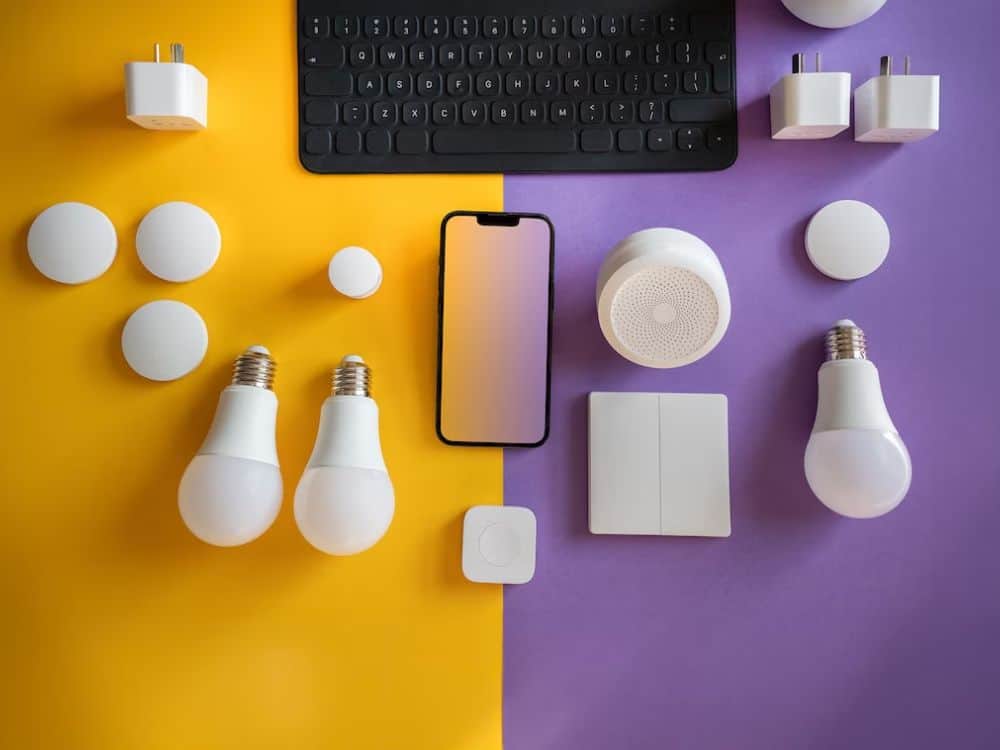
The Internet of Things (IoT) is a network of devices that connect and exchange data with other IoT devices via the cloud.
So, how is this a green tech innovation?
While not exclusively used for sustainable-minded pursuits, IoT is helping to revolutionize a variety of green technologies, including green cloud computing networks, green sensing networks, green RFID tags, smart meters, smart buildings, and more.
In simple terms, green computing and IoT mitigate the vegetative environmental impact of technology by maximizing efficiency, saving energy, and reducing waste.
And its applications extend to many, many sectors.
In agriculture, for example, IoT helps prevent farmers from unnecessary ecological damage by using the exact right amount of fertilizer, and helps reduce waste caused by land mismanagement.
Agricultural IoT tech can also monitor soil quality and ensure precise watering, too.
Another example of IoT’s newest green technologies are smart meters in homes and offices.
Smart meters allow consumers to significantly conserve energy at home (or wherever), reducing emissions from homes and office buildings overall.
Plus, people can save money on energy bills while companies have more energy supply for other buildings in the pipeline.
5. Compostable Packaging

Global plastics production doubled since the year 2000, with almost 400 million tons of plastic produced per year in 2021.
About 350 million tons of that becomes plastic waste, which sits in landfills for eons and releases CO2, methane gas, and microplastics, while threatening ecosystems and contributing significantly to grave environmental harm.
In fact, Collins Dictionary named ‘single-use’ the word of the year as the world woke up to the plastic pollution crisis in 2018.
Green innovation packaging, such as compostable packaging, is a viable solution fortunately gaining substantial green steam as more businesses seek to package their products in less negatively impactful materials.
Compostable packaging, which is made from fully biodegradable AND compostable materials (because note: biodegradable does not always mean compostable) that return the earth toxin and residue-free, is one of many solutions required to prevent waste and regenerate nature.
That said, “it is not a silver bullet. Any time a piece of packaging is used once – no matter how it is disposed of – it is single-use. Preventing waste in the first place should be top priority,” says the Ellen McArthur Foundation.
In other words, there’s still a lot of work to be done here.
While plant-based plastics are also popular right now, oftentimes they still contribute to the microplastics problem. Plus many are not home compostable, which leads to improper disposal, compost contamination, and other issues.
Meanwhile, PFAS were recently found in paper straws, making them as problematic as their plastic counterparts, just for different reasons.
One of the more reputable green innovation packaging companies, according to the EM Foundation, is BioPak.
They also have a Compost Club that supplies and later collects used packaging from businesses for its private composting service, which has diverted 1,500+ tons of compostable packaging and food scraps from the landfill in Australia and New Zealand since 2017.
6. Giant Ocean Plastic Catching Nets
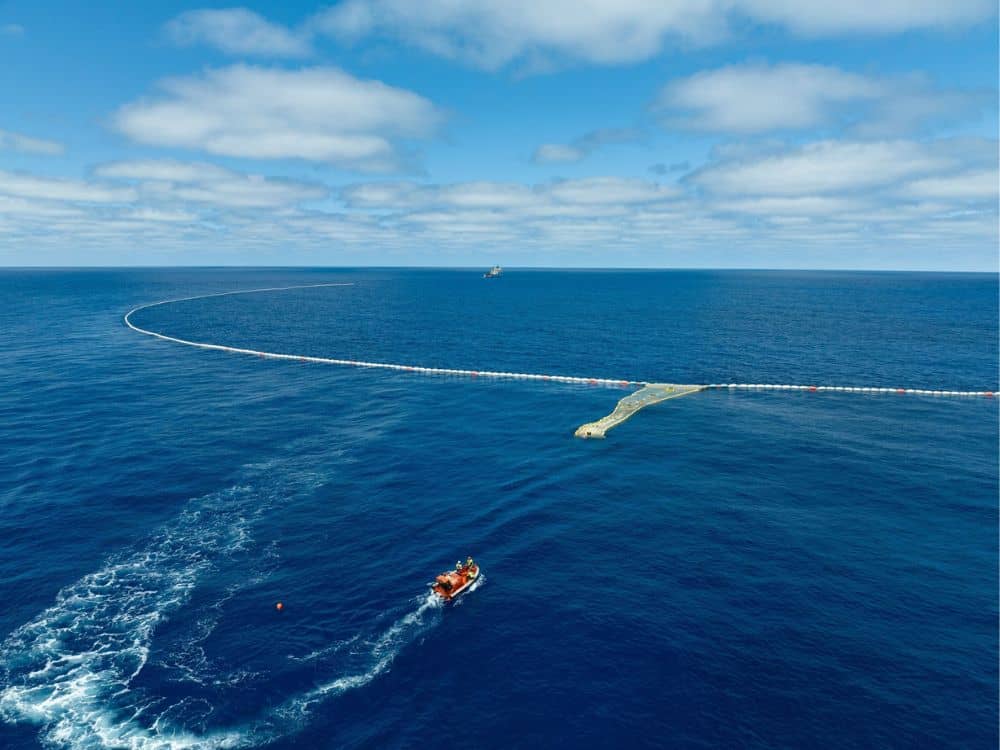
A little over ten years ago, then 16-year old Boyan Slat delivered a TEDx talk about his vision to clean massive plastic garbage patches in our world’s oceans.
There are five major garbage patches in our world’s oceans where plastics, waste, and debris collect, with the largest Great Pacific Garbage Patch being roughly the size of Alaska.
Yes, you heard that correctly—it carries 79,000 tons of man-made waste, roughly the weight of 400 jumbo jets.
These plastics become embedded in our food chain, kill marine life, and are even now found in human blood, making the plastics issue officially at a catastrophic stage, according to the UN.
One beached sperm whale in Scotland was found to have 220 pounds of plastic in its stomach, to give a further sense of how grave the plastics issue has become.
Fortunately, bright minds like Slat’s help deliver solutions that work.
Within a year of Slat’s TEDx talk, it went viral with crowdfunding and the Ocean Cleanup initiative was officially born. Today, the rapidly expanding and publicized program removes plastic from our rivers and seas by essentially using a massive floating net and a growing team of scientists and volunteers.
When the plastics are removed from the sea, they are recycled and turned into various different sustainable products that can be purchased. All proceeds raised for the program are funneled back into it to clean more of our ocean plastics.
The Ocean Cleanup green innovation example proves our human ingenuity can come up with smart solutions to the world’s environmental quandaries.
7. Worms That Eat Plastic
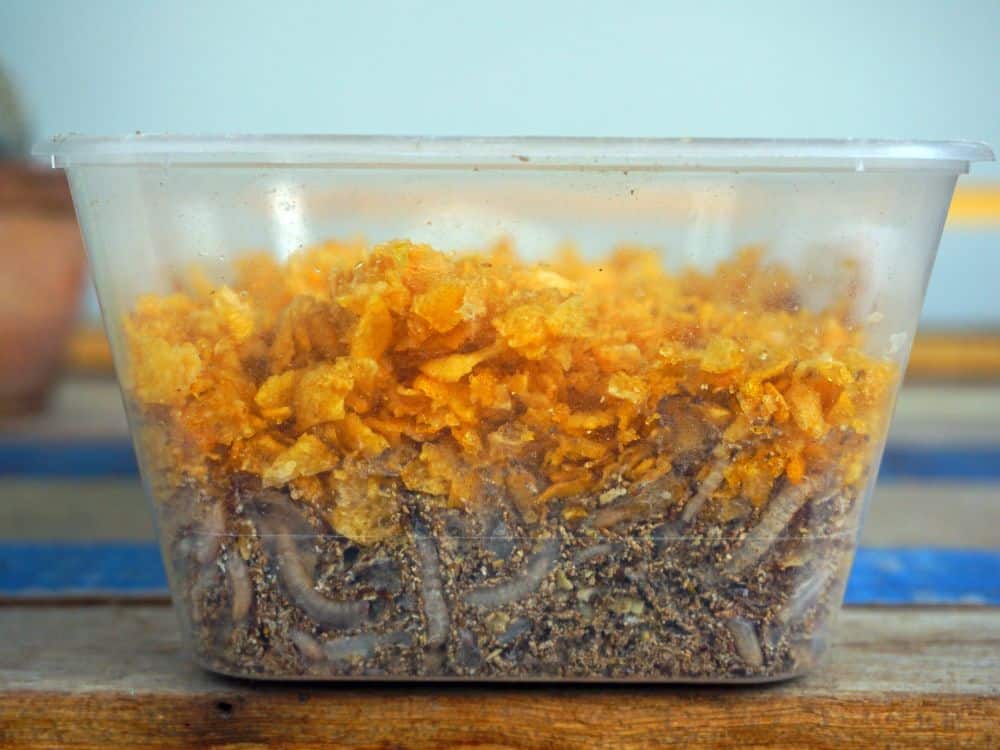
Further adding to the list of clever solutions to the plastics crisis are worms and larvae-like caterpillars that can actually eat plastic and chemically dissolve it.
Talk about cool green chemistry innovations!
Dr. Federica Bertocchini is a Spanish biologist and hobbyist beekeeper who first made the discovery. When she spotted hive-damaging worms eating her beeswax, she removed them and tossed them in a plastic bag that they also then began to eat.
Upon examination of the holes, Dr. Bertocchini realized that the worms were feasting on the plastic like a delicious treat.
Known as the “wax worm,” they can eat polyethylene, which is one of the easiest to make and longest-lasting types of plastic (making up plastics #1, #2, and #4) that is incredibly difficult to break down.
After bringing the worms to the lab, tests showed they not only ate the plastic but could chemically dissolve it.
After further study, it was found that beeswax and plastic are each made of long chains of carbon, which allows something called “phenol oxidase enzymes” in worm saliva to oxidize and break down polymers.
Today, Dr Bertocchini is finding ways to replicate and harvest the enzymes to “eat” plastic, as opposed to having to raise billions of little worms.
Because her discovery is now rapidly gathering attention, Dr. Bertocchini believes that water-based enzyme solutions will soon be implemented by waste processing plants and that at-home plastic waste kits will soon become a reality.
8. Clean Textile Dying
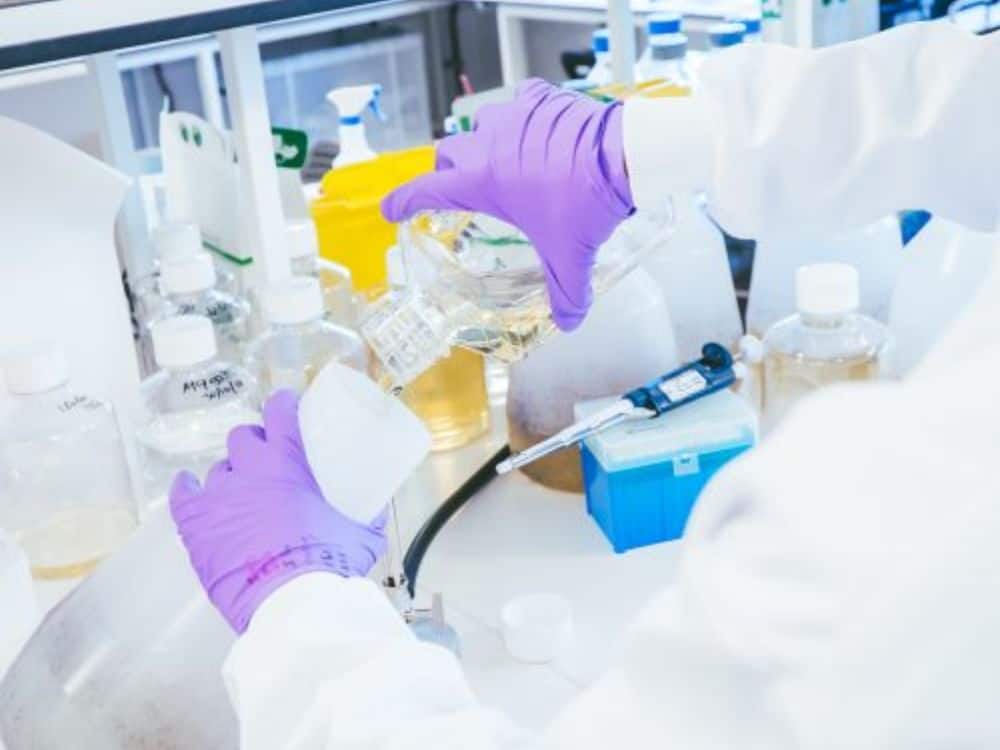
Textile dyeing processes that don’t use effective sustainable dyes are a huge environmental issue.
Especially in the many textile factories of Asia, dyeing creates poor water quality due to chemical pollution from the textile industry, not to mention huge amounts of toxic water waste that cannot be treated.
According to the European Parliament, textile production is responsible for a whopping 20% of global water pollution.
Colorifix is a company that has developed green inventions for us to dye our garments by using biologically-driven processes taken from nature that don’t use chemicals, requires less energy consumption, and uses ten times less water.
They use DNA sequences and colors from nature itself to create sustainable dyes that mitigate the fashion industry’s harmful use of water and chemicals.
In their own words, “Colorifix is the first company to use a biological process to produce, deposit, and fix pigments onto textiles.”
Their revolutionary dying process is 100% natural and non-toxic, and their work has landed them as a 2023 Finalist for the Earthshot Prize that honors initiatives to build a waste-free world.
9. Smog Vacuum Cleaners
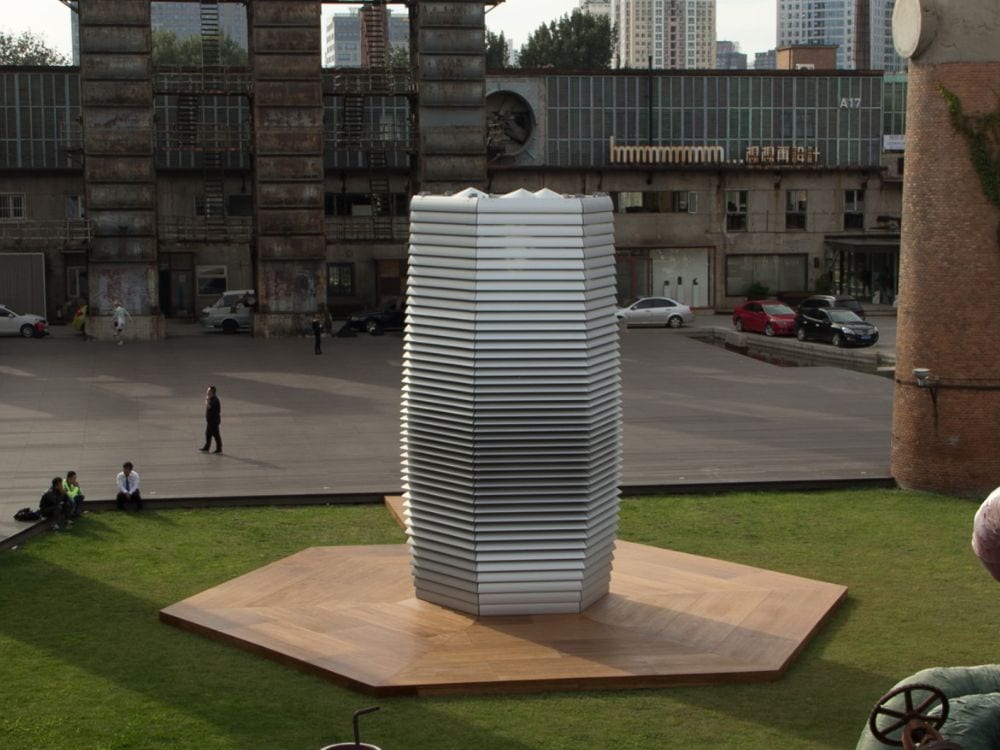
Air pollution currently contributes to more than 11% of human deaths annually.
Most cities worldwide today face a crisis of smog, which occurs when sunlight reacts with nitrogen oxides and at least one volatile organic compound (VOC) in the atmosphere.
Nitrogen oxides derive from coal power plants, factory emissions, and car exhaust, while VOCs get released from cleaning solvents, gasoline, and paints, among other things.
Enter Dutch inventor Daan Roosegaarde’s Smog Free Project, which quite literally sucks the pollution from the air itself. Using what he calls a Smog Free Tower, the sustainable technology uses a small amount of green energy to clean 30,000m3 per hour.
Essentially, the machine sucks in the dirty air, filters it, and then pumps it back out fresh and clean.
While planting more trees in cities is a natural way to tackle air pollution in cities, solutions like the Smog Free Project help speed up the process.
To take the project even a step further into the realm of advanced green innovations, SFP made an aluminum tower in China to clean toxic air, which turns the resulting carbon deposits into diamonds to be made into ethical and sustainable jewelry.
For real. Shine on!
10. Vegan Leather Carbon Capture
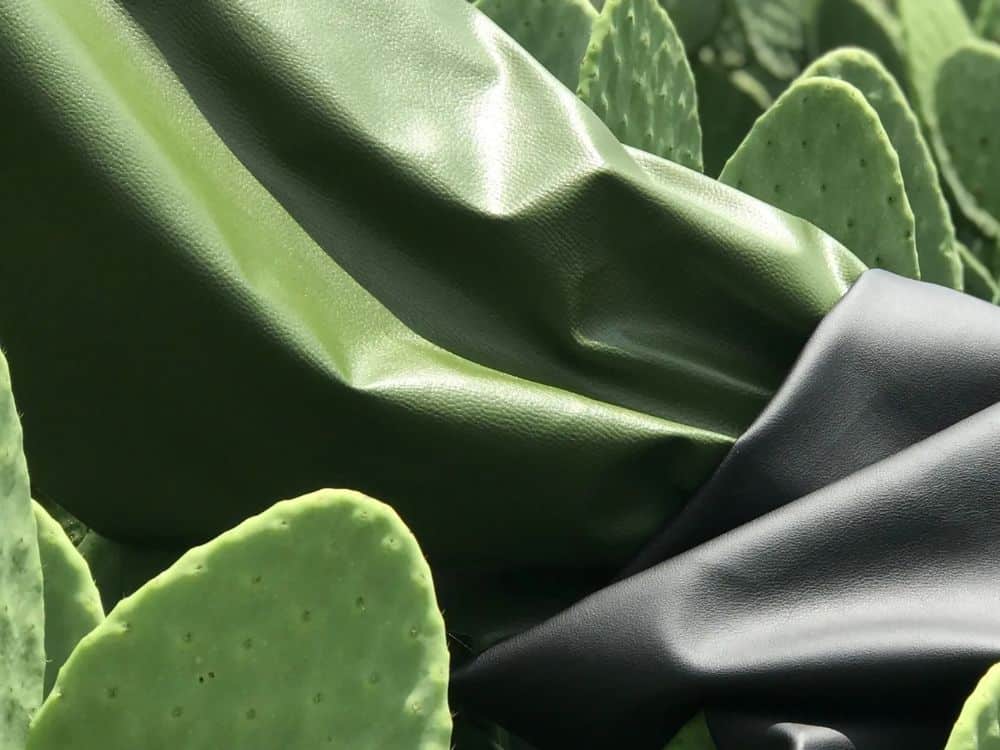
The prickly issue of choosing between animal skins and plastic-based faux leather may be no more.
We were so curious about the fashion-forward green product innovation of cactus leather as a sustainable fabric that we previously featured an entire article on it.
Cactus leather inventor Desserto looked to the desert to find a sustainable solution to a vegan leather that also mitigates the plastic pollution crisis.
After two years of research and development to maximize product quality that rivals conventional leather, it first debuted at Milan’s leather fair Lineapelle in 2019 and quickly “poked” its way to the top of the sustainable fashion industry.
The cactus leather specifically harnesses the power of the Nopal (Opuntia Ficus Indica) or prickly pear cactus.
Not only is it an invasive species in much of the world that needs culling, but it also grows with very minimal water. Its paddles (AKA its leaves) can be harvested twice a year, since the plant grows so quickly. This happens without destroying the plant or its root system, so it is a long-term solution.
The cactus scores major bonus points for also sequestering carbon dioxide, which means that it can balance excess CO2 and mitigate the harmful effects of climate change.
Simply put, this carbon capture cactus removes the carbon dioxide from our atmosphere and stores the stuff inside itself.
This also means the soil around the cactus is fertile and carbon-rich for growing, making cactus leather a brilliant technology of regenerative farming.
Everyone from Mercedes Benz to H&M is purchasing Desserto’s leather, and it has won a number of awards.
11. Stone Paper

The global pulp and paper industry accounts for a massive 40% of all industrial logging, says the WWF.
Deforestation is an enormous issue, since it leads to soil erosion, biodiversity loss, extinction, water cycle disruption, desertification, climate change, and more.
That’s why the folks at Karst invented a better way to make paper.
The Certified B Corp creates paper without using any timber, water, chlorine or acids, and creates their paper with just a third of the carbon footprint of traditional paper.
They do this all by replacing trees with sustainably sourced byproduct stone, meaning it’s also a green innovation construction-focused solution.
They use limestone waste that was mined from construction sites and other industrial waste dumps, which is ground into a fine calcium carbonate powder, mixed with non-toxic resin, and transformed into small pellets that are then fed through large rollers. Heat and pressure are applied, which eventually make it thin enough to be paper.
Sound like something out of the Flintstones?
Sure, except their paper is anything but a giant rock tablet, with products looking like traditional paper, just naturally brighter and more durable.
We’re already starting to see stone paper products hit the market in eco-friendly notebooks and even sustainable gadgets like cameras.
You’ll never play a game of Rock-Paper-Scissors the same again.
Did you know we Have a Newsletter?
We cover the latest in sustainable living, fashion, zero waste, beauty, travel, finance and more…
Final Thoughts On The Newest Green Technologies
A wise frog once sang, it ain’t easy being green.
But it can be so easy to hear the constant barrage of bad news about the planet and get down in the overflowing dumps.
Fortunately, green initiatives like these are proof positive that together, we hold all the solutions to the world’s problems.
All of the sustainable innovations we’ve listed out in the above help balance positive environmental impact with economic growth and long-term social development for the betterment of all people, species, and our planet.
So never underestimate the power of an idea, because green tech innovations are here to stay!
Have a colleague calling in sick and gripped by fear of our future?
Shoot this their way, so we can all keep calm and compost on—one smaller carbon footprint at a time.
Pin these:





